Description
Flute Ensemble (4 flutes, alto flute, bass flute, contr’alto flute, contrabass flute). Maurice Ravel wrote this exquisite miniature piece originally for piano in 1909, to mark the centenary of the death of the composer Franz Joseph Haydn. Ravel has used the letters of Haydn’s name to give him the initial theme of the piece at the very start (flute 1 of this arrangement). B natural represents H, A and D represent their own letters, the next D represents the letter Y, and the final G represents N. This theme then weaves through the whole piece in various versions, sometimes upside down, and sometimes backwards. Many composers have used this method of using letters to give melodic pitches, from Josquin back in the fifteenth century all the way through to such twentieth century composers as Shostakovich, Messiaen and Elliott Carter. This arrangement uses just about the full range of flutes, including contr’alto and contrabass. Each flute has it’s own independant part, and the ‘HAYDN’ theme is shared between them all.Whilst not technically difficult, it needs sensitive playing to balance the parts, and a strong sense of musical colour to make the most of the piece.

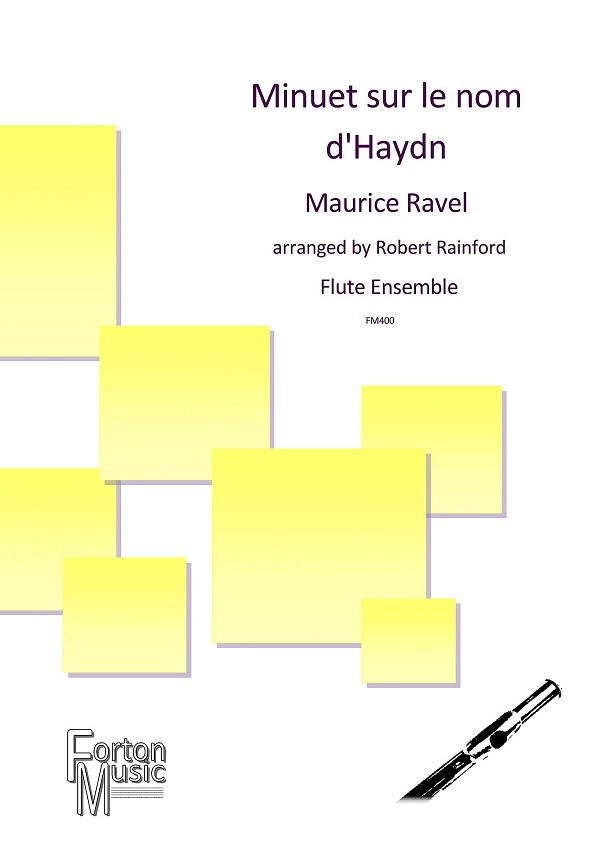
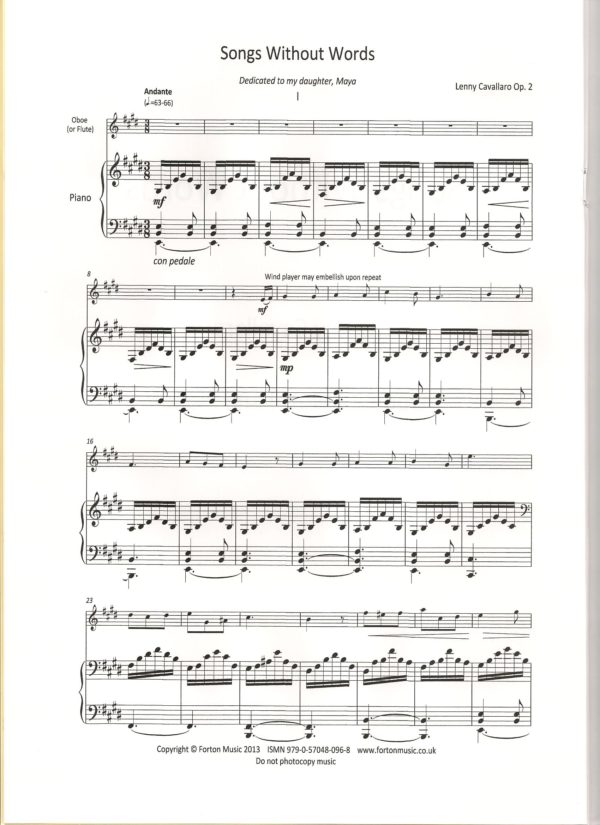
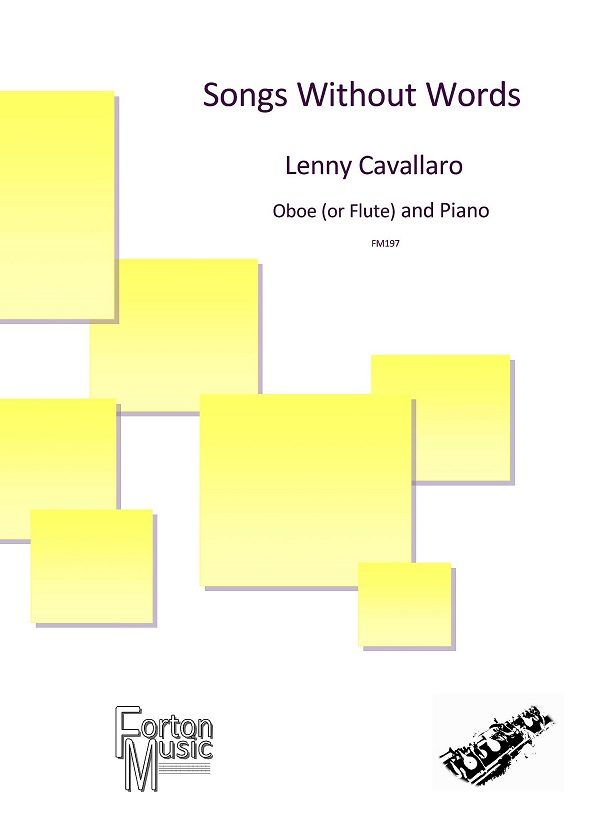

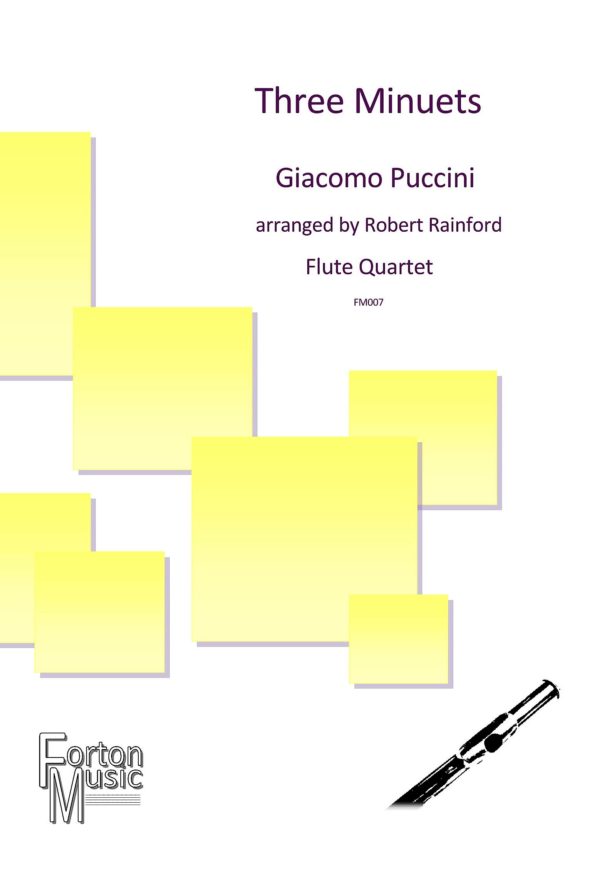
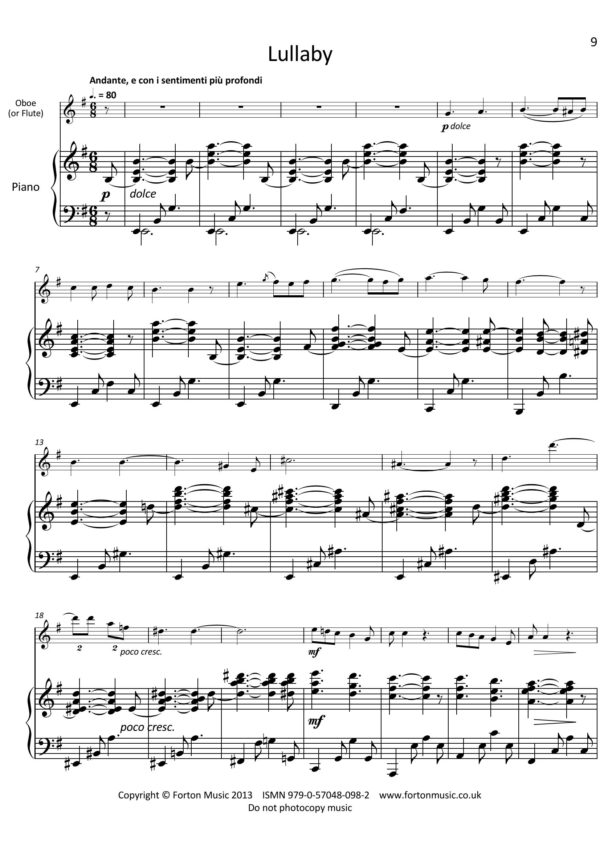
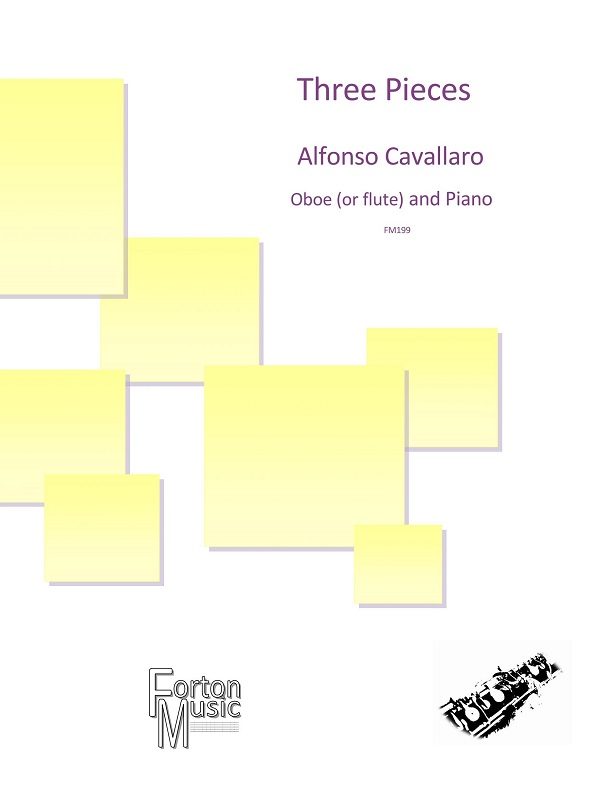
Reviews
There are no reviews yet.